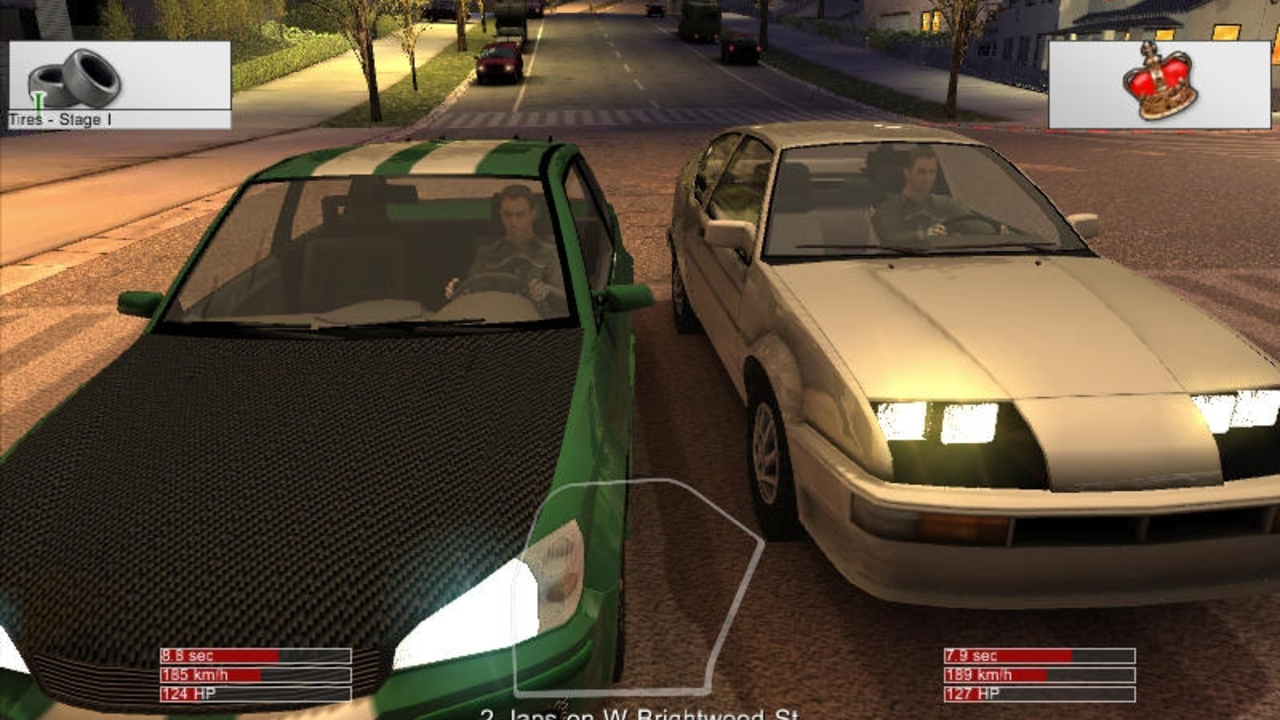Guide: Your Quick‑Start Handbook for All Things Motorsport
Looking to jump into racing, sharpen your driving skills, or just understand the sport better? You’re in the right spot. This page pulls together the best how‑tos, tips, and insider advice from across Motorsport World Hub so you can get moving without wading through endless articles.
How to Begin Your Racing Journey
Age isn’t the gate‑keeper. Whether you’re 23 or 30, the first step is learning the basics. Start with a solid foundation: get a copy of the relevant rulebook, watch a few race replays, and understand safety gear. Then hit the track with a go‑kart or a club‑run sprint event. Most drivers say the first real taste of speed comes from a local karting league – it’s cheap, safe, and a perfect training ground.
Next, think about formal education. Racing schools, like the Simraceway Performance Driving Center near San Francisco, offer short courses that teach braking, cornering, and car control. Even a single day of professional instruction can shave seconds off your lap times and boost confidence. Pair that with a basic mechanic’s workshop – knowing how a brake caliper works will earn you respect in any pit lane.
Networking is the hidden engine of a racing career. Join a local motorsport club, attend track days, and introduce yourself to coaches and seasoned drivers. Share your goals, ask for feedback, and volunteer at events. Many drivers land their first seat because a club mate recommended them for a junior series.
Choosing the Right Training & Gear
Not all driving schools are created equal. Look for programs that offer real‑track experience, not just classroom theory. Check reviews, ask about instructor credentials, and make sure the curriculum covers both dry and wet conditions – the latter separates amateurs from pros.
Gear matters too. Racing shoes, for example, can improve pedal feel and reduce fatigue. A snug, lightweight shoe with a sticky sole lets you modulate throttle and brake more precisely. It’s a small investment that pays off on every lap.
When it comes to cars, start with something you can afford to push hard without breaking the bank. Many young drivers pick a used Honda Civic or a Mazda MX‑5 – they’re cheap, reliable, and respond well to driver inputs. If you’re after a high‑performance experience, look for schools that let you drive a GT3‑spec car under supervision; the sensation is unforgettable and teaches you how a race‑ready machine behaves.
Finally, keep an eye on the bigger picture. Drag racing’s simple straight‑line thrills can be a gateway to more complex disciplines. Endurance events like Le Mans teach stamina and strategy – not just speed. Pick a path that matches your interests, budget, and time commitment, then stick with it.
Ready to take the next step? Grab a notebook, list the three actions you’ll do this week – sign up for a karting session, book a lesson at a nearby driving school, or reach out to a local club. Small moves add up, and before you know it you’ll be trading lap times with the pros.

How to find local street racing?
Finding local street racing can be a thrilling pursuit. Start by connecting with local car enthusiasts or joining automotive groups on social media platforms. These communities often have insider info on upcoming races. Be aware, though, street racing is illegal and dangerous in many areas. Always prioritize safety and consider attending legal racing events instead.
read more

